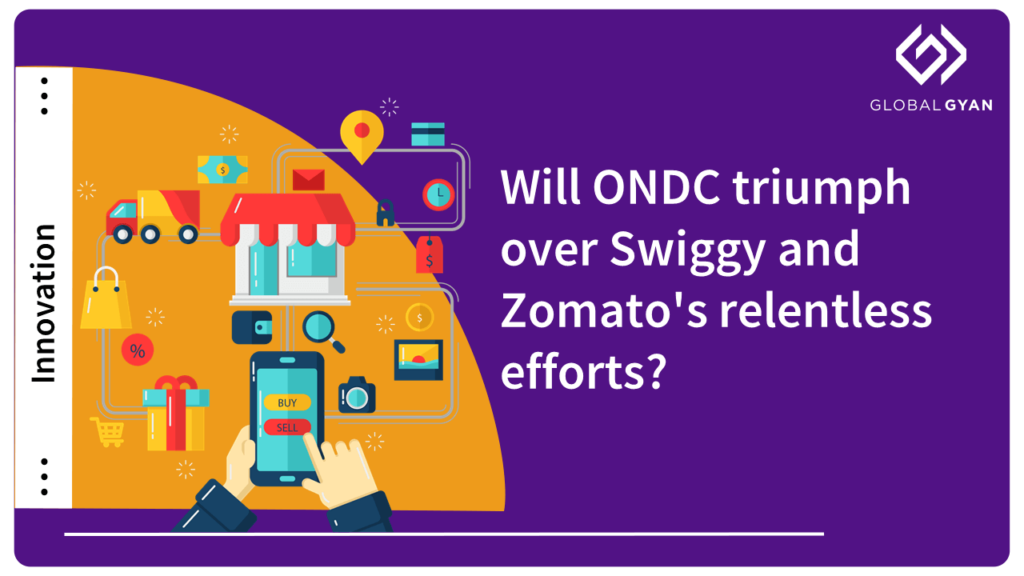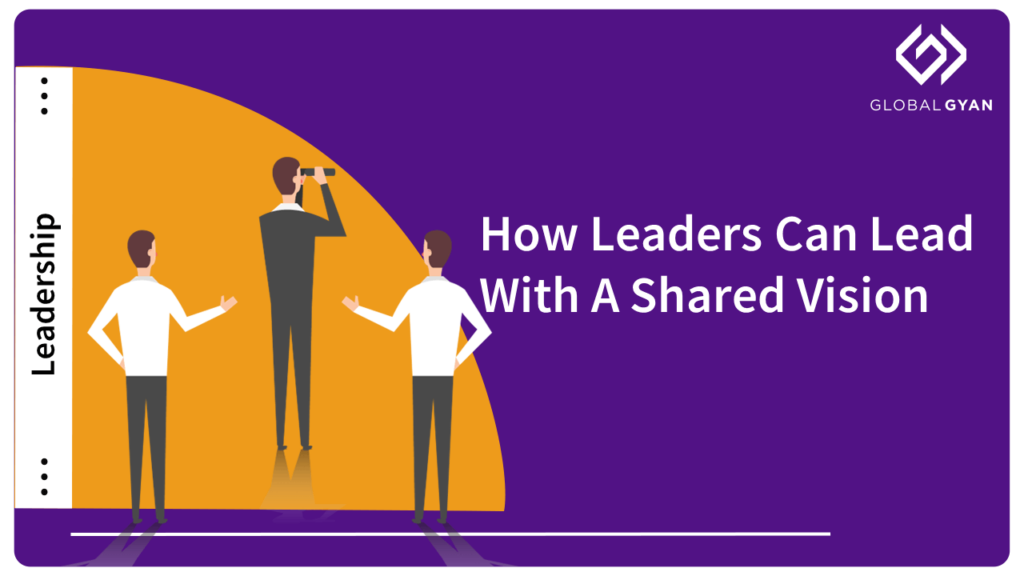Offline world of online media: Lessons for e-commerce

Google Maps in 2016 announced that their ubiquitous app map service would now be updated with offline functionalities. Basically someone can download directions while online and then use it without internet connection simply by using GPS. This follows the footsteps of the earlier announcement of You Tube Videos being available offline for viewing. Both these features have been launched with the intent of capturing the next Billion users of internet.
The above trend might seem like a deviation from the earlier vision where everything ONLINE was to kill everything which does not have an IP address. Online shopping, IPTV, Online books, etc. So why the sudden rush for offline? The simple one word answer – Mobile phone. The consumption pattern in new world is moving to Mobile and I won’t throw any statistics here since its as evident as Sun in the sky now.
This move to mobile presents 2 problems –
Weak mobile networks, wherein even with the tall claims of 4G/ LTE etc from operators like Jio, the bandwidth is never going to be sufficient to support thousands of user simultaneously logging on for consumption of services, especially video.The relatively limited storage capacity and battery life in mobile phones, which drains very fast the moment 3G/4G along with ‘Location’ services are turned on, continues to disappoint.
The move to offline tries to solve these problems and should be very successful for the media companies. It makes logical sense to download content while in a wi-fi zone and then move around during the day watching content in the car or out in the field. This simplifies the network and reduces the burden on streaming as well as network requirement. Makes perfect sense!!!
So while this works for Content service providers, is there scope for similar synergy between the Online E-commerce players and Offline brick & mortar stores. Till recently both of them had engaged as competitors with E-Comm players having one the first round albeit based on major discounts. The Offline guys reverted by opening their own portals e.g. Shoppers stop / West side etc have their own online portals which is the Offline players attempt to go online. However I have never figured the effectiveness / intent of such portals. This to me is akin to the similar attempt made by Broadcasters to have their own portals for archived content instead of publishing it to you tube. The Broadcasters have come around & most of them now have hosted their content on You Tube. While some like Hotstar & Sony continue down this path, i think eventually they shall see light of day & merge to become “Channels on You Tube or similar service”. The reason is that when a consumer goes online he wants a Bouquet of services and not 20 websites each serving specific content. The same applies to the E-commerce sites and hence the predicted eventual death of individual portals.
Recently however some Retailers/brands have taken innovative steps to embrace the E-Comm threat. They are evaluating the launch special versions of products for online which shall be cheaper, while keeping their premium range offline in stores. While this is a step ahead, its still not true merger of online and offline in optimal manner. A true evolution would be when a Flipkart becomes an owner in Pantaloons or vice versa. Sounds weird, let me explain.
As the e-comm players expand the biggest issue they have is inventory management and logistics costs. The costs of hosting warehouses closer to consumer will bring the cost structure of E-comm players substantially closer to having retail stores. At the same time the lack of touch & feel prevents consumption of high value / high engagement content via E-Comm players. And while the argument remains that there are replacement policies, there is no fun in shipping a shoe or clothes back & forth for the consumer. A hybrid model wherein an E-comm player offers the ability for a consumer to surf for goods online, shortlist items & then try them out in “associated local stores” could potentially solve multiple problems.
Key Benefits for the E-comm player
- It solves the Inventory management/ logistics issue for E-comm players as now the consumer walks-in to the distribution point, improving its margins
- It also enhances the chances of high engagement/ higher margin product purchase via portal
- The savings in logistics and inventory costs can be shared with the Retailer as margin
- Joint negotiation of larger volumes together with Retailer can yield better rates from manufacturer for both
Key Benefits for Customer
- A known existing retail touch point for purchases
- Ability to book appointment/ Type of goods needed to ensure that the shopping experience remains seamless & less time consuming due to “non-availability of size” etc.
- A true amalgamation of “Best price” & “Touch & feel” experience of traditional shopping.
What’s in it for the Retailer –
- Ability to retain the customer relationship & brand recognition
- Better stocking & feedback on what sells & what does not based on ” real time” browsing data
- Ability to store & promote several in house brands which have higher margins
- Lower marketing spends as an Amazon or Flipkart have much higher reach/ marketing prevalence already vs a Pantaloons or Shoppers Stop
- Better margins & additional up sell opportunities
- CO-opetition rather than competition.







